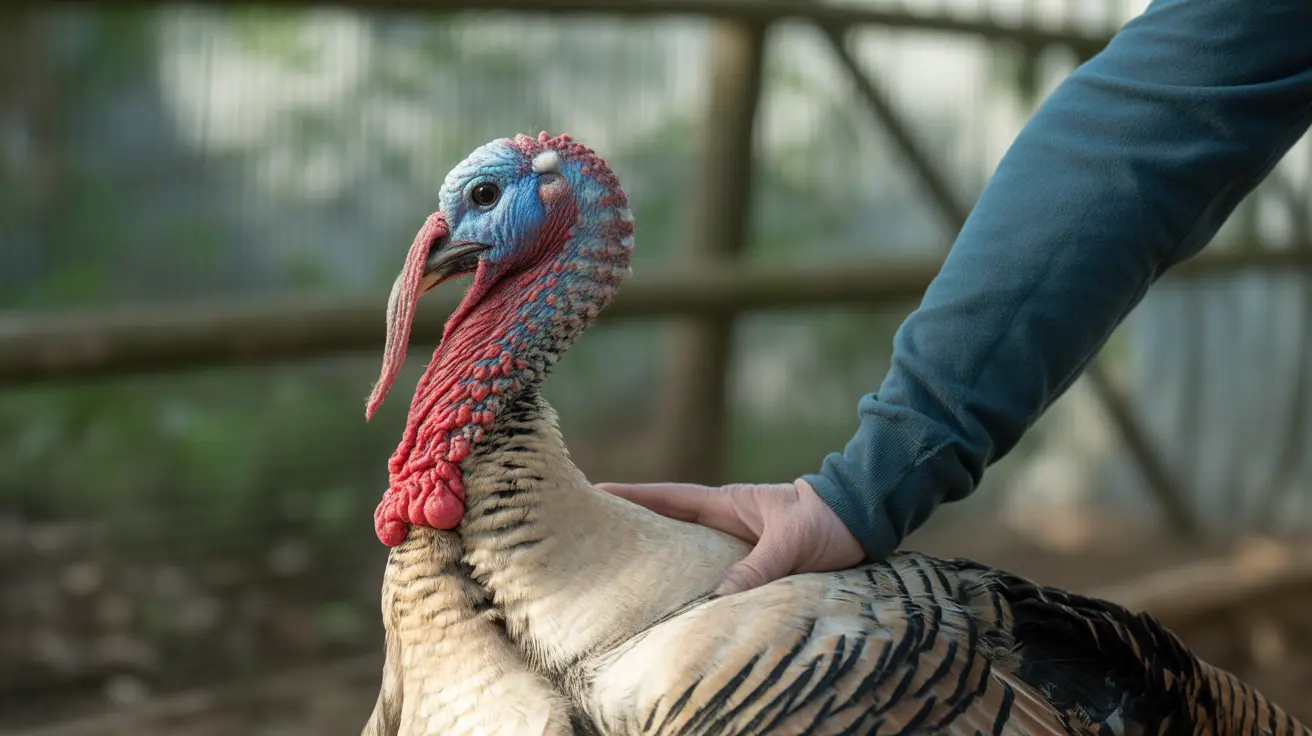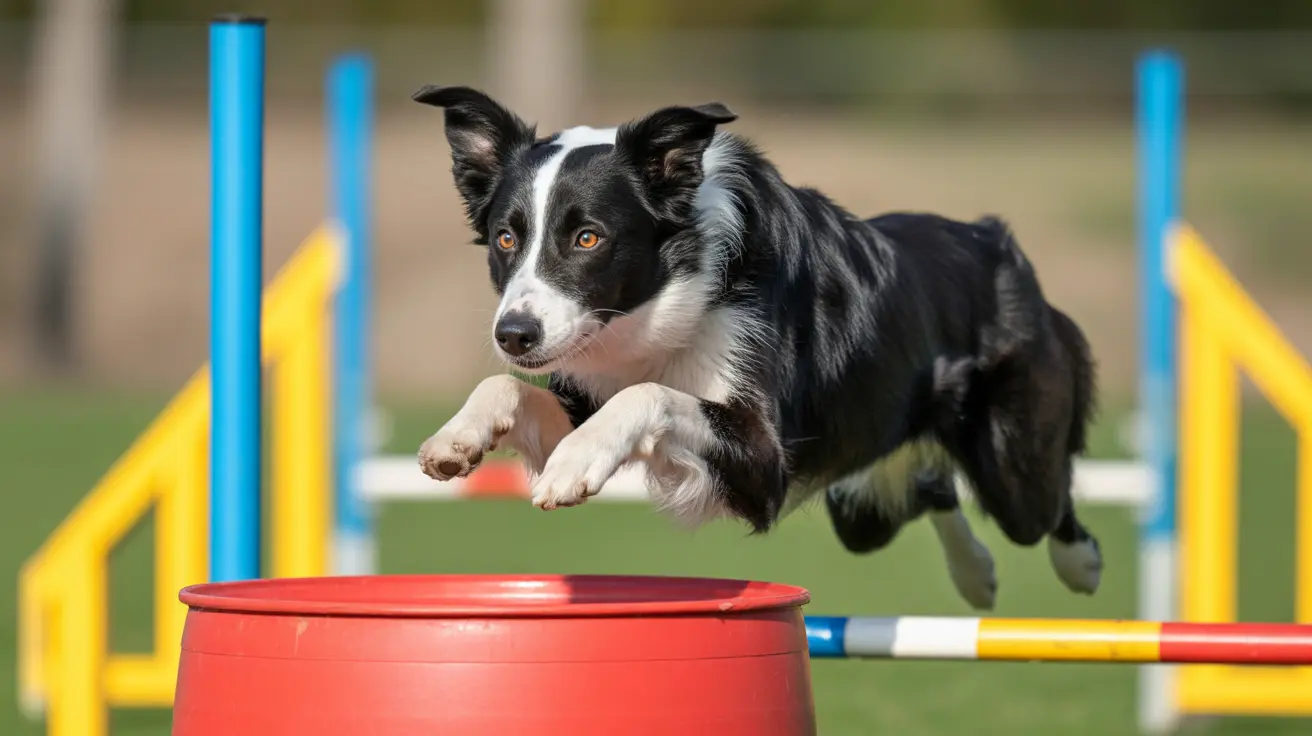The Origins and Breed Composition of the Wirehaired Pointing Griffon
The Wirehaired Pointing Griffon, also known as the Korthals Griffon, is a versatile and resilient sporting dog that was developed in the late 19th century. This breed was carefully crafted through selective breeding by Eduard Karel Korthals, a Dutchman with a vision to create the ideal all-around gundog. The development primarily took place across the Netherlands, Germany, and France. This article explores the breeds likely used in the creation of this remarkable dog, as well as the key traits that define it today.
Historical Efforts of Eduard Karel Korthals
Korthals’ breeding program began in the 1870s, and he sought to produce a dog with a combination of characteristics: loyalty, intelligence, ruggedness, and versatility in the field. His goal was an all-purpose hunting companion capable of excelling in various terrains—whether marshy areas, dense cover, or open fields.
Breeds Believed to Be Used in Development
While exact breeds were not all officially recorded, canine historians and breed experts believe that Korthals developed the Wirehaired Pointing Griffon by integrating characteristics from several European sporting breeds:
- German Griffons – These were likely used to contribute wire-coated durability and pointing instincts.
- French and German Pointers – Contributed to the dog’s pointing ability and refined hunting aptitude.
- Spaniels – Added retrieving capabilities and a gentler disposition for family life.
- Setters – May have enriched the breed's scenting ability and elegance in the field.
This blend resulted in a medium-sized gundog with a rugged wire coat, a weather-resistant build, and excellent fieldwork instincts from both land and water settings.
Breed Characteristics
- Size: Males typically stand 22–24 inches tall and weigh 50–70 pounds, while females are slightly smaller.
- Coat: A defining feature is its harsh, wiry coat overlaying a dense undercoat, often in steel gray with brown or chestnut markings.
- Temperament: Energetic, affectionate, and eager to learn, making them suitable for active families and adept hunters alike.
Activity and Training
As a working breed, the Wirehaired Pointing Griffon thrives in environments where it can engage physically and mentally. They were bred for:
- Pointing both upland game and waterfowl
- Retrieving in various terrains and water
- Tracking wounded or fallen game
They exhibit a natural eagerness to stay within range of the hunter, making them ideal for “walking hunters.” Their webbed feet and dense coat make them capable swimmers and resilient to cold climates.
Training Approach
Positive reinforcement is essential, as these dogs are sensitive and do not respond well to harsh treatment. Training should be varied to prevent boredom, and early socialization will ensure even-tempered behavior with humans and other pets.
Health and Grooming
- Lifespan: 12–15 years
- Common ailments: Hip and elbow dysplasia, PRA, cataracts, and bloat
- Grooming: Weekly brushing, hand-stripping, and trimming necessary; low-shedding and suitable for some allergy-sensitive owners
Living Requirements
This breed adapts poorly to apartment living due to high energy levels and exercise needs. An ideal home includes:
- Access to outdoors
- Frequent mental and physical stimulation
- A family that appreciates an affectionate, energetic companion
Conclusion
The Wirehaired Pointing Griffon is a carefully curated breed resulting from strategic European breeding endeavors. Its blend of intelligence, versatility, and affection makes it a standout gundog and a family favorite. While the exact combination of breeds remains uncertain, the result speaks for itself—a dog equally skilled in the field as it is loyal at home.





